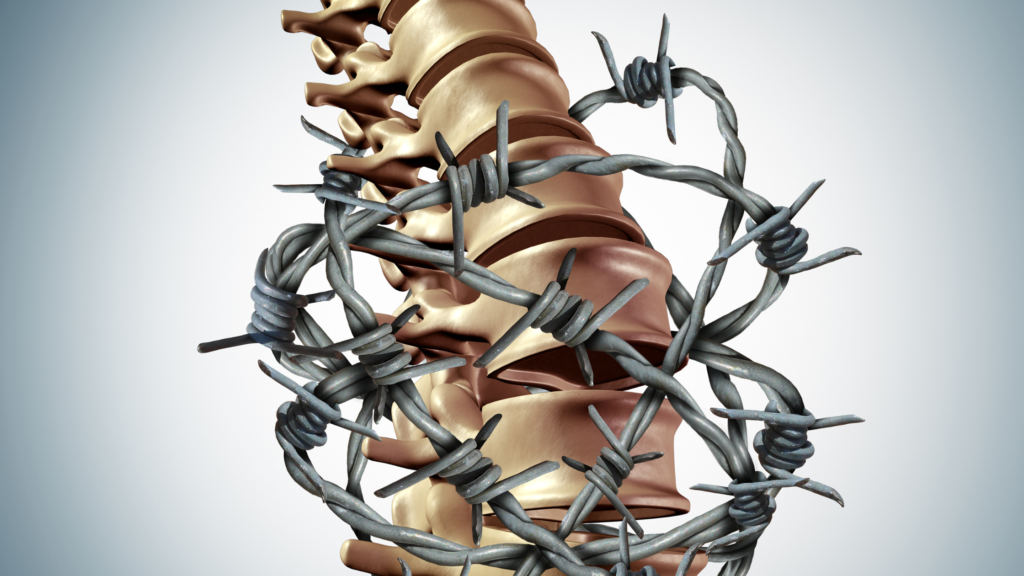Lumbar disc replacement surgery is a procedure that helps people who have severe lower back pain caused by a damaged or worn-out spinal disc. Instead of fusing the bones of the spine together, this surgery replaces the damaged disc with an artificial one, allowing more movement. In the United States, this surgery is available, but not all hospitals and surgeons offer it. Patients must meet strict criteria to qualify, and not everyone is a good candidate for the procedure.
Who Can Get Lumbar Disc Replacement Surgery?
Not everyone with back pain is eligible for lumbar disc replacement. Doctors have guidelines to determine who can have the surgery. These guidelines include:
Inclusion Criteria (Who Can Have the Surgery?)
- People with severe back pain due to disc degeneration.
- Patients between 18 and 60 years old (sometimes older if they are in good health).
- Those who have not had previous major spinal surgery.
- Patients with only one or two discs affected.
- Individuals who have tried other treatments like physical therapy and medication without success.
Exclusion Criteria (Who Cannot Have the Surgery?)
- People with osteoporosis or weak bones.
- Patients with severe arthritis in the spine.
- Those with spinal infections or cancer.
- Individuals who are significantly overweight.
- Patients with multiple damaged discs.
- People with certain spinal deformities like scoliosis.
Risks of Lumbar Disc Replacement Surgery
This surgery requires an anterior approach, which means the surgeon reaches the spine through the front of the body, usually through the abdomen. This technique has specific risks, including:
- Injury to blood vessels: Major blood vessels in the abdomen must be moved aside, which can lead to excessive bleeding or clotting issues.
- Nerve damage: The nerves controlling leg movement or sensation can be affected.
- Infection: As with any surgery, there is a risk of infection.
- Organ damage: The intestines, bladder, or other nearby organs can be accidentally injured.
- Implant failure: The artificial disc may not function properly or may move out of place.
- Allergic reaction: Some patients may react to the materials used in the artificial disc.
How Often Does Lumbar Disc Replacement Fail?
While many patients experience pain relief and improved movement after the surgery, failure does occur in some cases. The failure rate varies depending on the patient and the type of artificial disc used. Studies show that about 5-10% of patients experience complications that require additional surgery.
One of the most common follow-up procedures is spinal fusion. If the artificial disc does not work properly or causes pain, surgeons may remove it and fuse the spinal bones together. This happens in about 10-25% of patients over time, depending on various factors.
Alternative to Lumbar Disc Replacement: Discseel
For people who want to avoid spine surgery, there is an alternative called Discseel. Discseel is a non-surgical procedure that injects fibrin, a special biological sealant, to help repair damaged spinal discs. Unlike disc replacement, Discseel does not require cutting into the body or negatively alter your normal spine anatomy, making it a much less invasive option.
One major strategic benefit of trying Discseel first is that it does not prevent patients from later choosing disc replacement or spinal fusion if needed. However, the reverse is not true—once a patient undergoes lumbar disc replacement, they cannot go back and try Discseel at that disc level because the natural disc has already been removed. This makes Discseel an attractive first choice for people who want to explore less invasive options before committing to surgery.
Conclusion
Lumbar disc replacement surgery is an option for people suffering from severe lower back pain due to disc degeneration. While it preserves more movement than traditional spinal fusion, it comes with significant risks and has a failure rate that sometimes leads to further surgery, such as fusion. Patients who are unsure about undergoing disc replacement may want to consider Discseel first, as it is a non-surgical alternative that keeps other treatment options open for the future. Patients can still pursue disc replacement or fusion later, but the reverse is not true. For those considering low back pain treatments, understanding all available options is crucial to making the best decision for long-term health and mobility.

